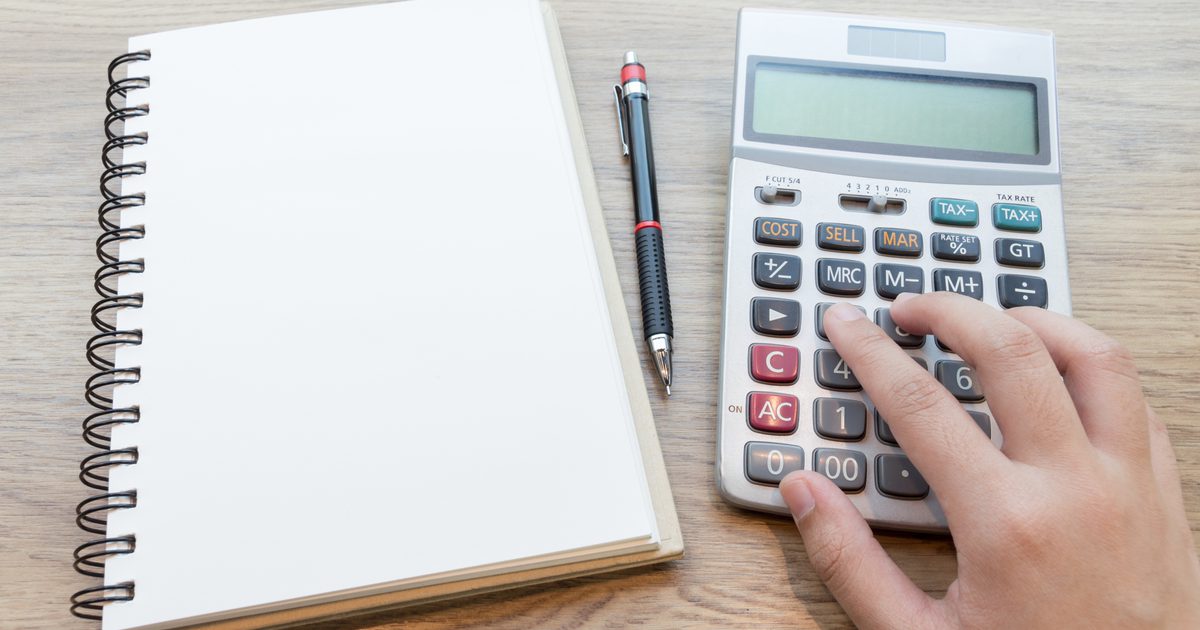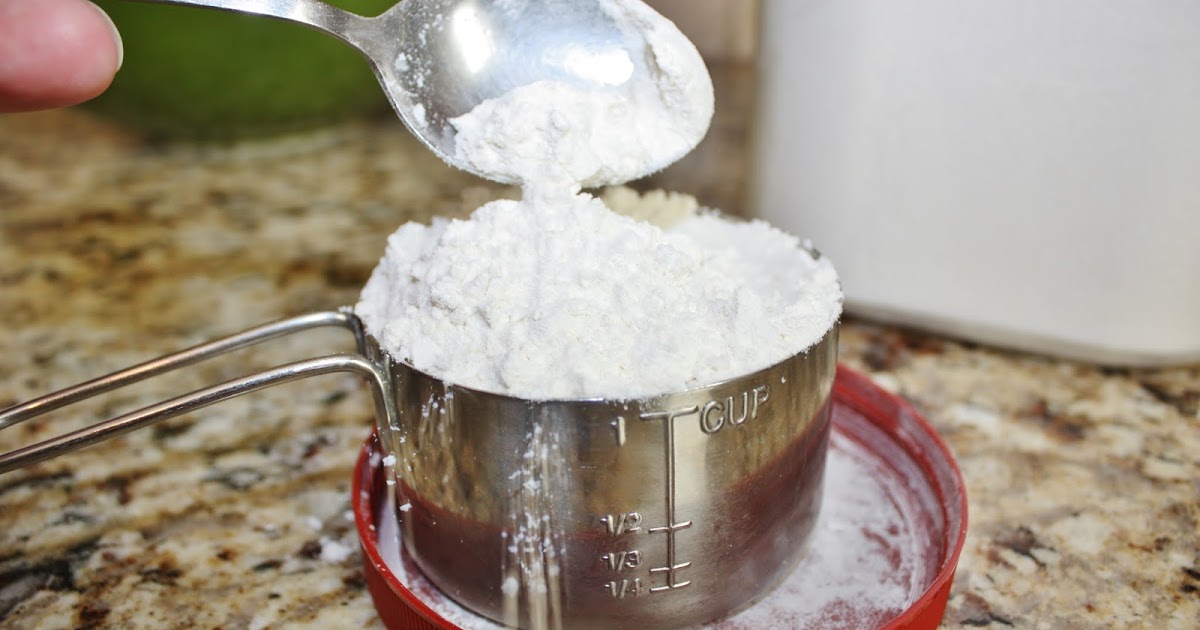Symptoms Of Dyscalculia
“I’m just bad at math.” Sound familiar? If you or someone you know has difficulty with mental arithmetic, has trouble measuring ingredients, or has problems applying math to money, it may be more than just being bad at math. Dyscalculia, a learning disability, affects an individual’s ability to perform basic math skills, such as counting or recognizing math symbols. Identifying patients with dyscalculia can be difficult because it encompasses a broad range of difficulties. Much like those with dyslexia, individuals with dyscalculia are often labeled 'slow' or 'reluctant' learners who are just bad at math. Here are signs you or someone you know may have dyscalculia.
Difficulty With Mental Arithmetic

Trouble With Counting

Two, four, six, . . . Where was I? Another common sign of dyscalculia is trouble with counting. Children and even adults may continue to count on their fingers or use tick marks to count. Children may skip over numbers when counting, long past when their peers have mastered this skill. As with difficulty in doing mental arithmetic, individuals with dyscalculia may struggle to hold numbers in their working memory, or they may become distracted during the process of counting, resulting in skipped numbers or having to recount many times. Moreover, because patients with dyscalculia have difficulty with mental math, they often cannot rely on the tricks others use to count quickly, such as counting in batches, such as by twos or threes, or adding new numbers to an existing count.
Keep reading to discover additional symptoms of dyscalculia.
Confuses Math Symbols

Even when someone with dyscalculia has tools such as calculators or pen and paper at their disposal, they still may have difficulty completing math problems because they confuse math symbols (for example: +, –, ×, ÷). They may particularly struggle when an equation or problem uses more than one symbol in a sequence (e.g., 4 + 5 × 10). In some cases, individuals with dyscalculia have difficulty understanding the connection between the operation and the symbol, for example, that '+' stands for add, while in other instances, they have a hard time remembering which operation goes with which symbol.
Continue to discover more signs of dyscalculia to watch out for.
Problems Applying Math To Money

Applying math to money is one of the most challenging tasks for individuals with dyscalculia. They may struggle with math concepts such as fractions and associating words with number amounts. As a result, they may have a great difficulty understanding a dime equals ten cents and ten dimes equal a dollar. Making or giving change can be a particularly formidable undertaking for individuals with this condition, as it requires understanding what each coin represents and being able to do the mental math to add various coin values together. Patients with dyscalculia also often have problems with estimation and comparison, which can lead to problems with managing money. For example, they may not be able to correctly estimate their final bill while shopping, or they may not be able to make accurate comparisons of sales offers (e.g., ten percent off versus one hundred dollars cash back).
Get to know the next sign of dyscalculia now.
Trouble Measuring Ingredients

As with money, measuring ingredients requires applying multiple math skills, often simultaneously. It can involve understanding and adding fractions, estimating (e.g., a scant or heaping teaspoon) and comparing amounts, counting, converting measurements, and associating words with amounts. As a result, individuals with dyscalculia often have trouble measuring ingredients correctly and may struggle to follow even a simple recipe. For example, think about making rice. You need just two ingredients, water and rice, typically at a two to one ratio. But you need to know rice (a solid) and water (a liquid) are measured in different ways. You need to understand what a ratio is and be able to calculate the correct amounts based on the ratio. Depending on how much rice you are trying to make, you may need to use fractions. To decide how much rice to cook, you need to have the number sense to understand the difference between the measure of uncooked rice and that of cooked rice. A recipe that seems simple to the majority of individuals can become overwhelming to someone with dyscalculia.